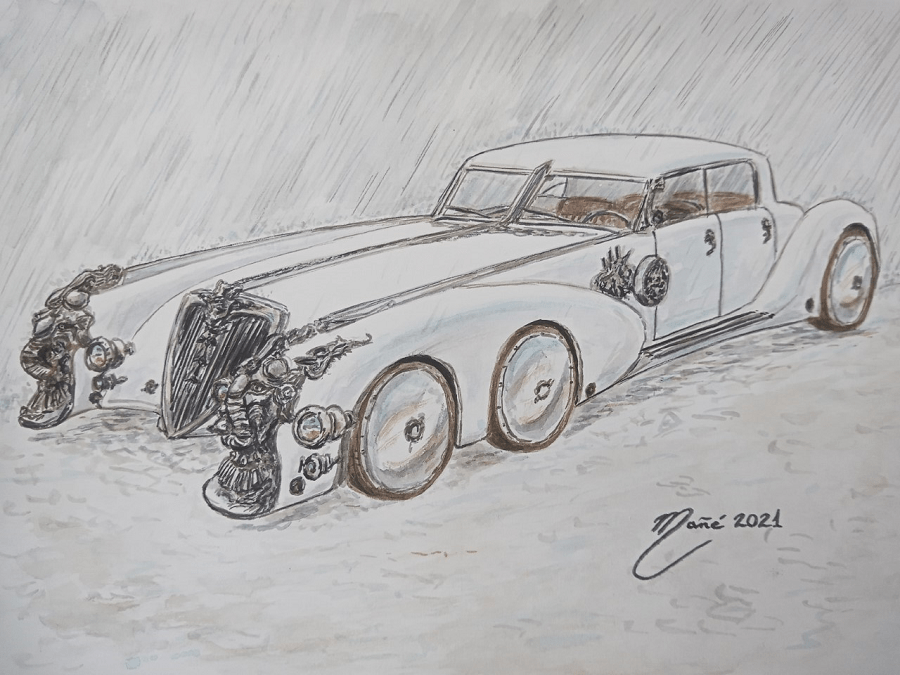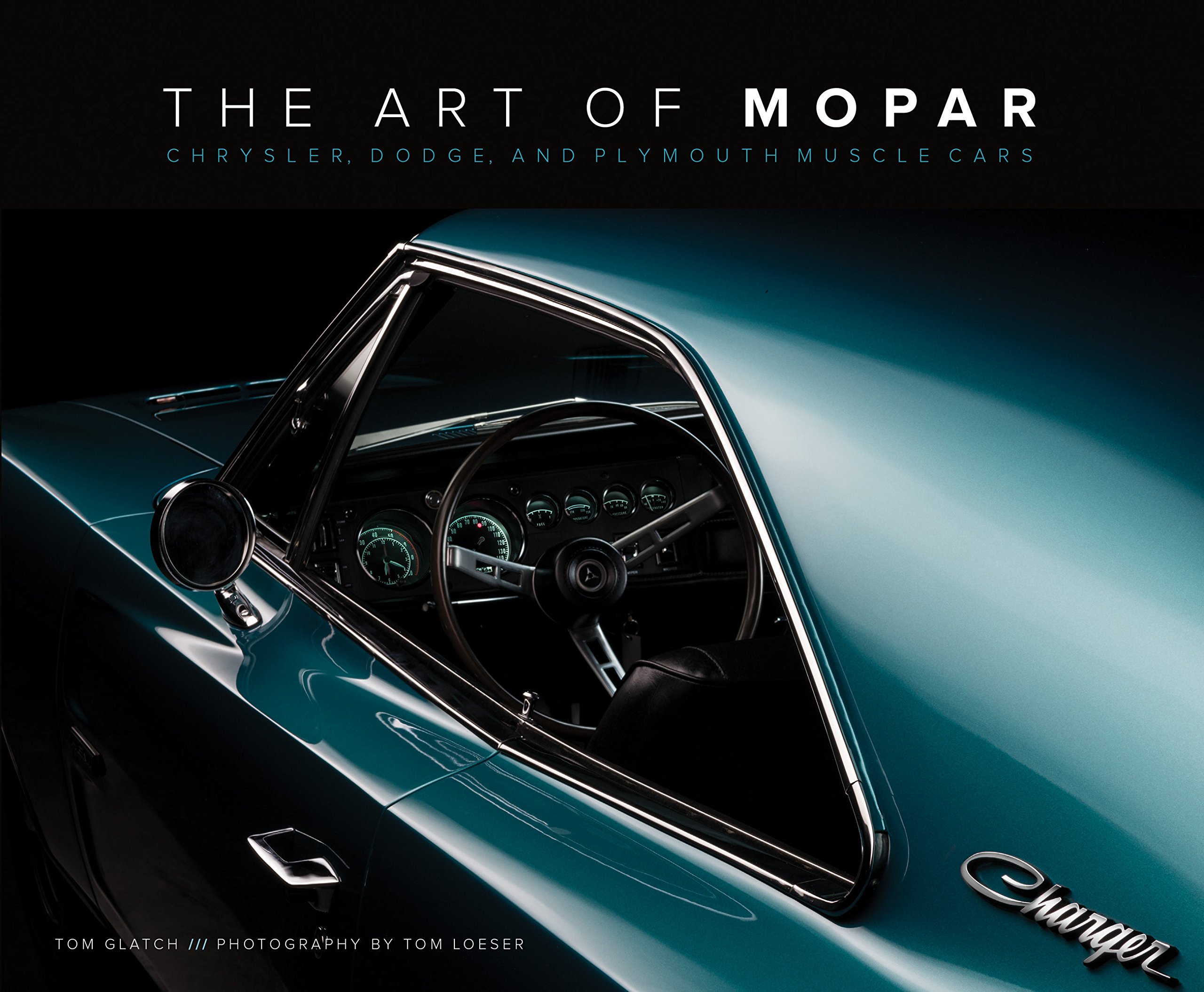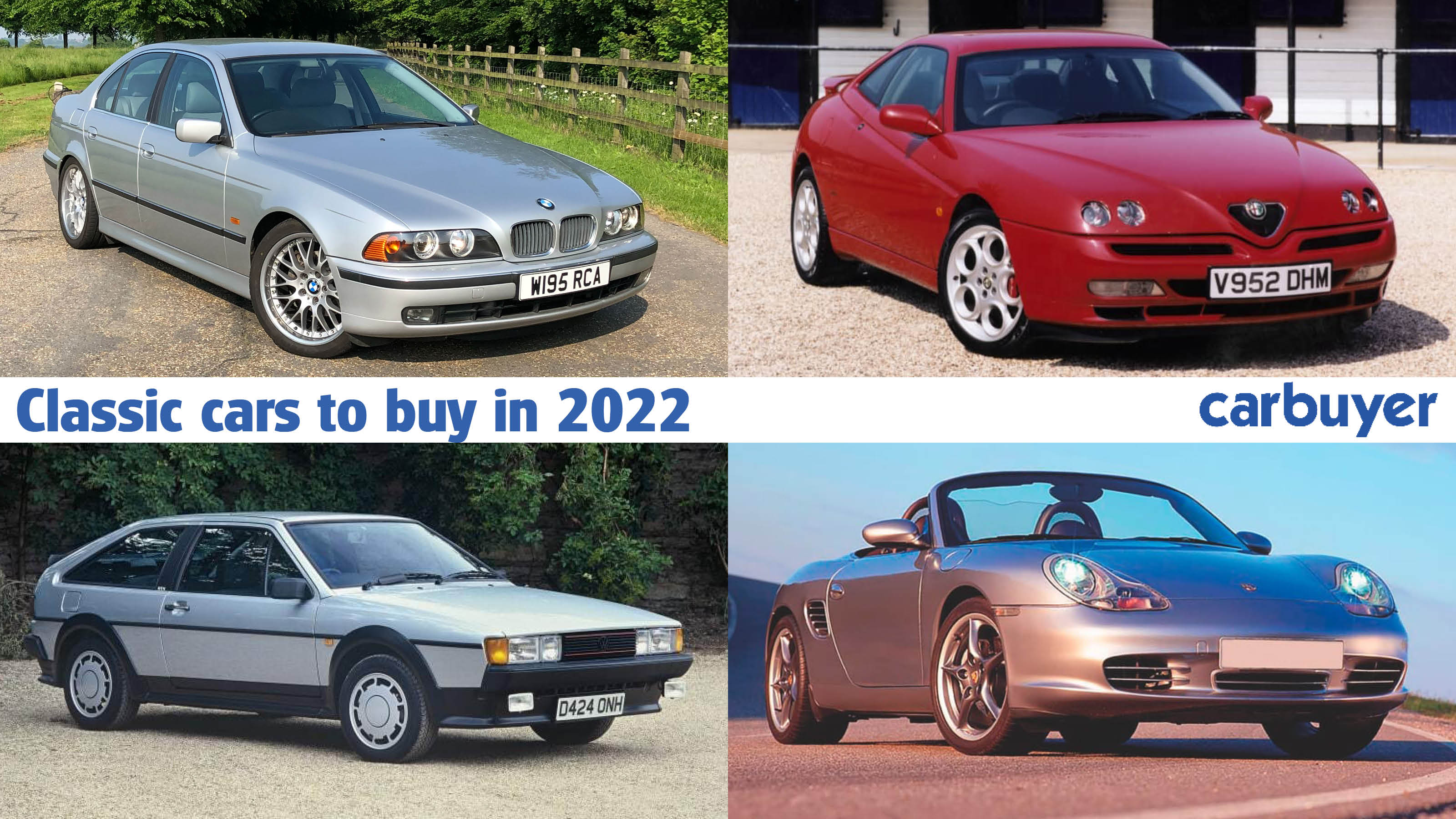
The 1960s had some of the greatest cars, including supercars with amazing performance. Among those that spring to mind are the Alfa Romeo Giulia and Ford Mustang, as well as the Oldsmobile Rocket 88 and Aston Martin DB5. These cars may have been the best-selling in the history of the automobile industry. Read on to learn more about these cars and more. Below are a few of our favorite cars. We'll show you why we believe these cars are some of the most enjoyable to drive.
Alfa Romeo's Giulia
Alfa Romeo's original sports car, the Giulia, was its first. In 1965, the company introduced a lighter coupe version of the car, which was nicknamed the GTA. The 'GTA' acronym stands for Gran Turismo Alleggerita, or 'lightened' in Italian. Engineers from the company devised several strategies to reduce weight. For example, they replaced heavy steel panels with lighter aluminum. Additionally, the Giulia Sprint GTA had plexiglass window installed. The overall weight loss was about 350 pounds.

Oldsmobile Rocket 88
The Oldsmobile Rocket 88 was a highly performing muscle car when it first went into production in 1949. Its large V8 was combined with a lightweight body for sporty looks. The Rocket 88 was a dominant car in early road racing, but the Hudson Hornet quickly took this title. Despite being the most powerful muscle car of its era, the Rocket 88 was lost in time.
Ford Mustang
The Ford Mustang is an iconic car with a variety of body styles and different powertrains. The Mustang was designed as a sporty and affordable two-door car. It is still a popular choice. This model gained popularity as a muscle vehicle and inspired other automakers. This car was a big success and inspired many others.
Aston Martin DB5
The iconic Aston Martin DB5 car was featured in James Bond's 1964 film Goldfinger. This car is a descendant of the DB4 Vantage and was considered to be the most beautiful car of its time. The four-door, open-top coupe was available in both manual and automatic transmissions. The engine was more powerful than the DB4 and boasted a power output of 282 horsepower. The DB5 could accelerate from naught to sixty in only 7.1 seconds, and claimed a top speed of 145mph.
Cadillac Coupe De Ville
Cadillac Coupe de Ville was a iconic 1960s car and one of the greatest cars ever made. It was Cadillac's main model and was redesigned with a new tailfin in 1965. The new tailfins are angled downwards and curved forwards but retain the same wheelbase as the overall styling. The rear shelf package remained, and the front-wheel-drive version was also available with an optional power liftgate.

Datsun 240Z
Datsun 240Z was a 3-door Japanese coupe that revolutionized the notion of fuel efficiency. The 240Z was first introduced in the 60s. It quickly became a popular hot hatch, replacing the large chassis and stout body lines of the other more common models. The 240Z was a great car and a very affordable purchase, which made it attractive to the average consumer.
FAQ
Does it really matter what college I choose?
Not really. There's no difference between colleges regarding getting into the automotive industry. There are some schools that offer more specific programs than others.
What qualifications do you need to be a mechanic?
You will need to pass several exams in order to become a mechanic. These exams include:
-
A general knowledge exam
-
A practical exam
-
An apprenticeship test
These tests are designed to ensure that you understand the basic concepts of mechanical engineering and physics before you start working as a mechanic.
After passing these tests, you will be eligible to become a mechanic. You will still need to complete an apprenticeship. This will involve training in the trade.
To be able to repair vehicles, you'll need classes or workshops. Working alongside skilled mechanics is also a must.
A mechanic must be highly focused and attentive to detail in order to succeed. You will need to pay careful attention to every aspect when repairing vehicles.
To be a successful mechanic, you will need patience and perseverance. If you don’t enjoy following instructions, this might not be the right career path.
This job is for you if you are passionate about cars and love fixing them.
What is the distinction between a mechanic or an automotive technician?
Both are related, but they are not the same. The mechanic fixes cars while the technician maintains them.
A mechanic needs to be able and quick to use their manual dexterity. They should be able to accurately diagnose problems and repair them efficiently.
A technician in automotive is more technical than a mechanic. They should be able read blueprints and use tools like drills and wrenches.
They must also be able to carry out complex procedures safely. They must also be familiarized in different types and electrical systems.
They must also be able comprehend how the various parts interrelate with one another.
As a result, mechanics typically make less than technicians. Both careers have many options.
Statistics
- 52% of Mechanics in the United States think their salaries are enough for the cost of living in their area. (indeed.com)
- The U.S. Bureau of Labor Statistics (BLS) reports that the job outlook for automotive service technicians and mechanics is expected to decline by 4% from 2019 to 2029. (indeed.com)
- There were 749,900 jobs available for automotive service technicians and mechanics in 2016, which is expected to grow by six percent through 2026. (jobhero.com)
External Links
How To
How to correctly diagnose your vehicle for repairs
Before you can determine if your car requires repairs, it's important to first analyze the symptoms. You can then follow these steps for a proper diagnosis of your vehicle.
-
Check engine lights. Inspect the dashboard light indicators. These include the engine lights, the oil pressure gauge and the battery light indicators. The RPM gauge and coolant temperature gauge should also be checked. If any of these indicators have been flashing continuously for several days it could mean that there is something wrong with your vehicle.
-
Examine the treads of the tires. Tire wear can lead to problems in handling and brake performance. You should also inspect the wheel treads. They should be smooth and clean. The best way to do this is to remove the wheels and take them off. To check the condition of your treads, use a flashlight.
-
You should always monitor the level brake fluid. It is important to keep track of how much brake fluid you have in your car. This will ensure that your brakes run smoothly. Your brakes may fail if the brake fluid level drops.
-
Make sure to test the suspension system. A suspension system is designed to absorb vibrations and shocks. It gives you better control and allows for smoother accelerations and decelerations. If your vehicle has a suspension problem, it might feel wobbly or shake uncontrollably. To test whether your vehicle has a suspension issue, try putting weight on the front or rear axle and observe the movement.
-
Take a look at the steering column. Steering columns connect the steering wheels to other parts of the vehicle. Accidents often damage steering columns. If yours feels loose or shaky, you should replace it.
-
Pay attention to the exhaust pipe. The exhaust pipe helps move gases from a combustion chamber into the atmosphere. Your cabin will be effected if your exhaust pipe cracks or leaks. Also, if your tailpipe is bent, you should fix it immediately.
-
Check under the hood. Check under your hood for any unusual or missing components. You could have fluids leaking from the engine. Also, professional technicians should be called if you detect an unusual smell coming out of your engine compartment.
-
Make sure to check the air filter. The air filter in your vehicle collects dirt and dust from the environment. Vehicles that have a dirty air filter will not run well. Replace your air filter regularly.
-
The fan belt should be checked. Your vehicle's fanbel connects the engine and transmission. If the fan belt is damaged, the engine won’t turn. Replacing the belt is simple. All you need are a screwdriver & pliers.
-
You should inspect the radiator and hoses. The radiatorhose carries water from your radiator to the engine. If it becomes cracked or damaged, it can leak hot liquid onto the engine. To repair the hose, you will only need to use a pair needle-nosepliers and a wire brush.
-
Be sure to inspect your windshield wipers. Windshield wipers work by using electricity to remove rain and snow. If they stop functioning, they can leave streaks in your window glass. The solution is to change the washer fluid.
-
Verify the condition of your battery cables. The battery cables provide power for the electrical systems in your car. Make sure you disconnect the negative cable before replacing batteries. Failure to do so can damage your alternator.
-
Check the headlights. Headlights are used to illuminate the road ahead. Bad visibility can be caused by headlights that don't work correctly. Check the bulbs to see if they've burned out.
-
Be sure to check the lights. The lights are there to warn other drivers if they approach you at night. You may be distracted by the light and end up in an accident.
-
You should inspect your brakes. Brakes will reduce the speed of your car in case of an accident. If your brakes aren't working properly, you may lose control and crash into other cars.
-
Change the oil. Oil keeps your engine lubricated. It prevents metal parts from rusting too quickly. It is recommended that you change your oil at least once per month.